Discover 3 engaging, fun ways to create a strong science classroom community. Foster collaboration, curiosity, and belonging with these actionable strategies for science educators.
3 Fun Ways to Create Community in Science Class
You’ve probably seen it before: the quiet student hesitantly raising their hand, the group of friends dominating the lab equipment, the unmistakable sigh of disengagement when you announce a team project. For many students, science class can feel intimidating—a place where right answers matter more than creative thinking, and where collaboration feels forced rather than fun.
But what if your science class could feel different? What if it could become a place where every student feels empowered to ask questions, take risks, and support one another? A place where the science classroom community isn’t just a nice idea, but a living, breathing reality?
Building a strong science classroom community isn’t just about making class more enjoyable—though it certainly does that. Research shows that when students feel a sense of belonging and connection, they engage more deeply, persist through challenges, and perform better academically. In fact, a study published in the Journal of Educational Psychology found that positive classroom environments significantly boost students’ academic achievement and motivation.
The good news? You don’t need elaborate tools or a background in social-emotional learning to make it happen. With a little intentionality and a lot of fun, you can transform your science class into a collaborative, curiosity-driven science classroom community where every student feels seen, heard, and capable.
Here are three engaging, teacher-tested strategies to help you do exactly that.
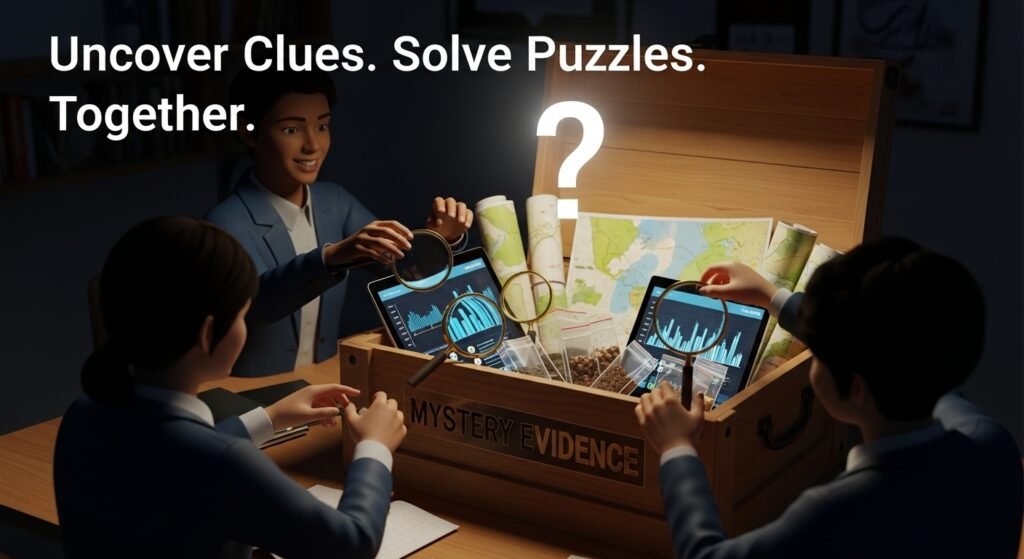
1. Collaborative “Mystery Investigations”
Why It Works:
Science is inherently about inquiry—but when students work in isolation, the joy of discovery can get lost in the pressure to be “right.” Mystery investigations turn problem-solving into a shared adventure. By working together to unravel a scientific puzzle, students naturally practice communication, empathy, and critical thinking—all hallmarks of a strong science classroom community.
How to Implement:
Choose a phenomenon with multiple plausible explanations. For example:
- Elementary: Why did the class plant wilt overnight?
- Middle School: What caused the sudden algae bloom in the local pond?
- High School: How did a species of bird rapidly evolve a new beak shape?
Divide students into small “investigative teams” and provide each group with a set of clues—data sets, images, short articles, or even physical evidence. Encourage teams to develop hypotheses and present their solutions to the class.
Pro Tip:
Use sentence starters to ensure everyone contributes:
- “I think… because…”
- “What if we considered…”
- “That’s a great idea—and what about…”
The Outcome:
Students learn that science isn’t about competing for the right answer—it’s about collaborating to ask better questions. This builds a science classroom community rooted in mutual respect and shared curiosity.
Complete Guide to Student Loans USA – Student Finance USA
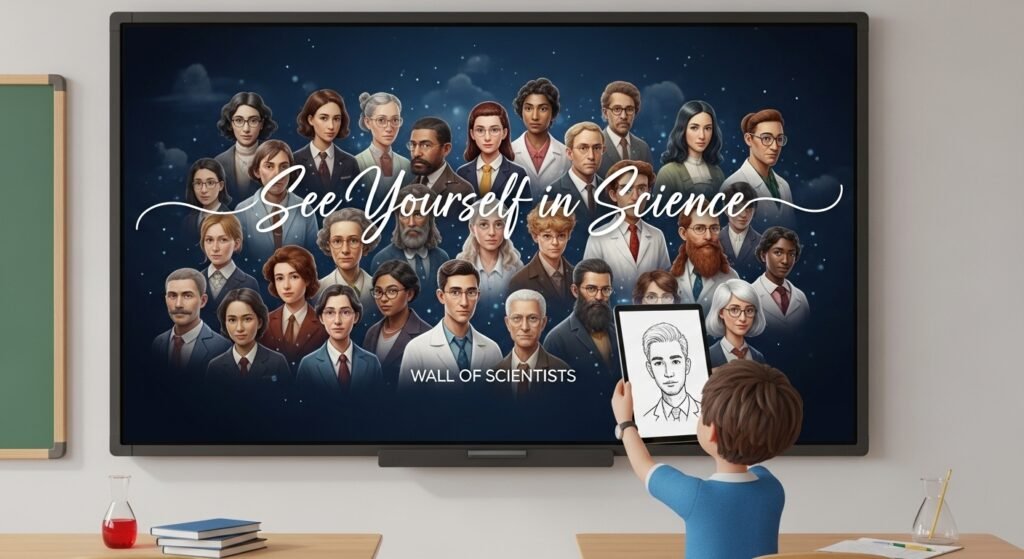
2. “Science Identity” Storytelling
Why It Works:
Many students—especially those from underrepresented groups—grow up believing that scientists look a certain way or follow a specific path. By sharing stories of diverse scientists and encouraging students to reflect on their own “science identity,” you help them see themselves as legitimate participants in the scientific community. This strengthens the science classroom community by affirming every student’s place within it.
15 Free Online Certification Courses to Boost Your Career in 2025
How to Implement:
- ** Scientist Spotlights:** Regularly feature diverse scientists—like NASA climatologist Dr. Kate Marvel or biochemist Dr. Aprille Ericsson—and discuss their journeys, including their failures and triumphs.
- Personal Connections: Have students interview family or community members about how they use science in their daily lives (e.g., cooking, gardening, repairing cars).
- Identity Maps: Ask students to create visual representations of their own “science identities,” including their strengths, curiosities, and experiences with science.
Pro Tip:
Incorporate multimedia resources, like PBS’s Portraits of Scientists series, to make the stories engaging and accessible.
The Outcome:
Students begin to see science as a human endeavor—full of diverse perspectives and personal stories. This builds a more inclusive, affirming science classroom community.
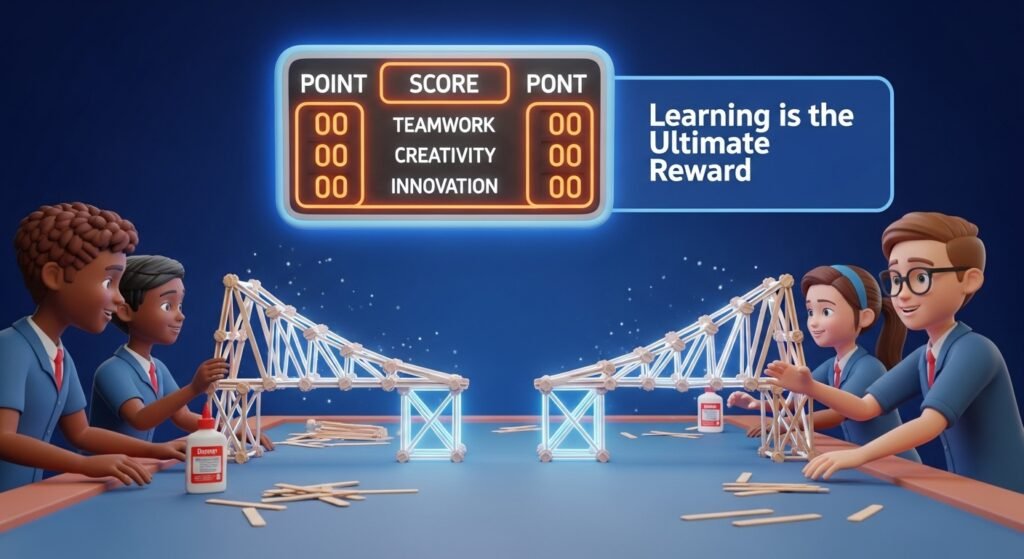
3. Gamified Team Challenges
Why It Works:
Games are a powerful way to build camaraderie while reinforcing content. When designed collaboratively, gamified challenges encourage students to rely on each other’s strengths and celebrate each other’s contributions. This creates a science classroom community where learning feels like play—and where every student has a role to play.
How to Implement:
- Escape Room Challenges: Create a series of science-themed puzzles that teams must solve to “escape” the classroom (or unlock a prize).
- Design Competitions: Challenge teams to build the most efficient solar oven or the sturdiest bridge using limited materials.
- Friendly Debates: Host a debate on a relatable topic, like “Should we switch to renewable energy?” and assign teams to argue different perspectives.
Pro Tip:
Use a points system that rewards collaboration, creativity, and perseverance—not just correct answers.
The Outcome:
Students learn to value each other’s strengths and work together toward a common goal. This reinforces the science classroom community by making teamwork fun and purposeful.
How Metacognitive Routines Build in Middle School ELA
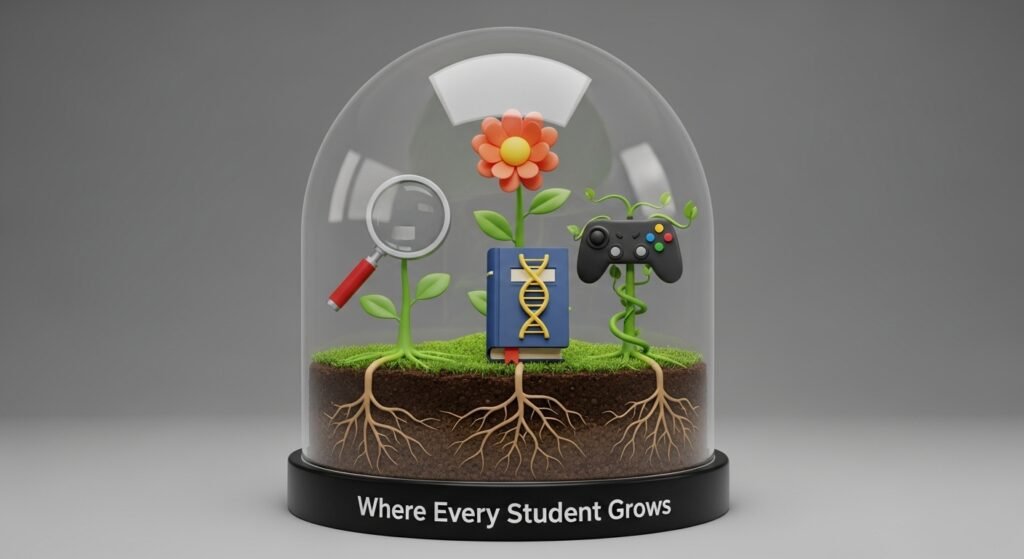
Bringing It All Together
| Strategy | Key Skill Built | Community Benefit |
|---|---|---|
| Mystery Investigations | Critical Thinking, Collaboration | Creates shared purpose and mutual respect |
| Science Identity Storytelling | Self-Awareness, Empathy | Fosters inclusivity and belonging |
| Gamified Team Challenges | Communication, Problem-Solving | Makes teamwork fun and engaging |
Building a strong science classroom community doesn’t require a complete curriculum overhaul. It starts with small, intentional shifts that prioritize connection as much as content. By integrating these three strategies, you’ll create a classroom where students don’t just learn science—they experience it together.
As you experiment with these activities, remember that the goal isn’t perfection. It’s progress. Some days will feel messier than others—and that’s okay. The best science classroom community is one where teachers and students alike feel safe to try, fail, and try again.
Which of these strategies will you try first in your classroom? Share your plan—or your own favorite community-building activity—in the comments below!
Applied Scientific Thinking: A Practical Framework for Real-World Problem-Solving

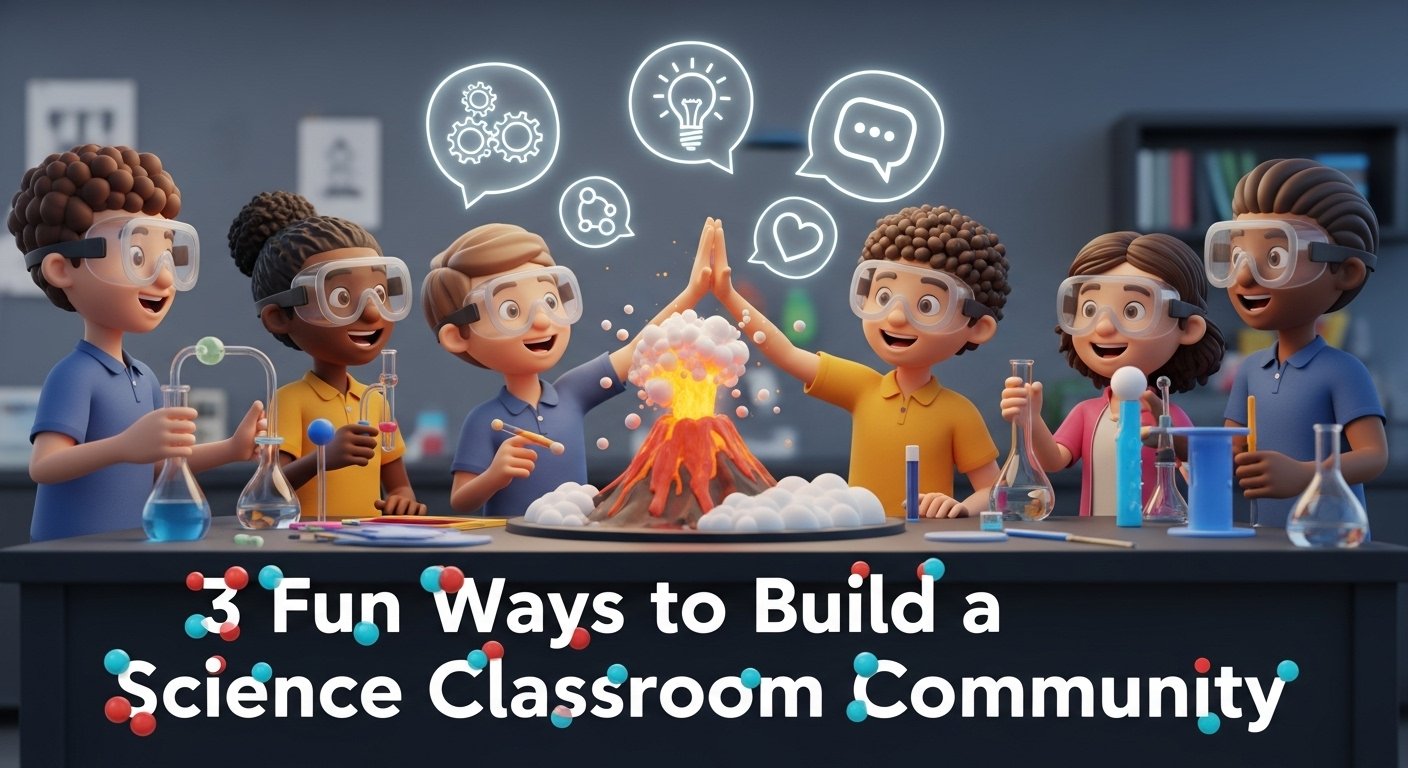


Pingback: Blended Online and In-Person Learning Guide - PaidScripts -Tech Education Hub: Courses & Student Resources